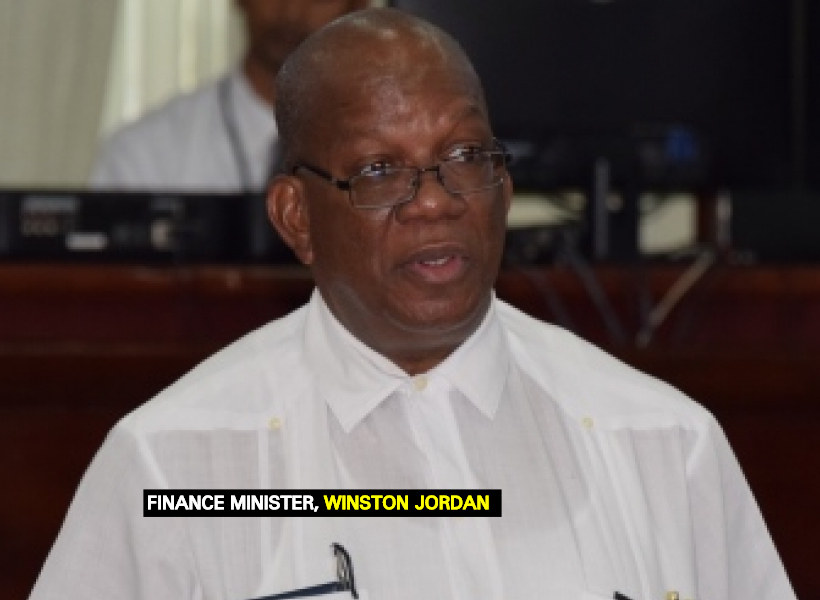At the end of March 2019, Guyana’s stock of total public debt amounted to US$1.7B, a 2% decline compared to the first quarter of 2018. According to the Ministry of Finance, this decline was mainly attributable to a combination of lower disbursements and higher repayments in the first quarter of 2019 when compared to the first quarter of 2018.
The Guyana Standard understands that the external debt stock was US$1.3B or 76.4% of the total stock of public debt at the end of March 2019, while the domestic debt was about US$392.4M or 23.6%.
It was further noted that the three largest creditors in the external debt portfolio ranked in order were the Inter-American Development Bank (IDB) – 41.3%; China Eximbank – 17.1%; and the Caribbean Development Bank (CDB) – 11.9%.
The total public debt service payments for quarter one of 2019 amounted to US$28.2M, a 1.6% increase from the quarter one of 2018 figure of US$27.8M. External debt service totalled US$25M or 88% total debt service, while domestic debt service amounted to US$3.3M or 12%.
For the first quarter of 2019, 10% of total government revenues went towards servicing the external debt payments, whereas 1% went towards domestic debt service payments, resulting in a total of 11% of revenues being utilised for debt service payments.
Since signing a Bilateral Debt Settlement Agreement with Bulgaria in 2013, the Finance Ministry noted that six years later, Guyana inked another Bilateral Debt Settlement Agreement in March 2019 with the State of Kuwait.
Under this agreement, Kuwait cancelled US$50,739,255.67 or 75% of the total accrued interest of US$67,652,340.90. The remaining balance of US$26,853,585.23 would be settled through a combination of cash payments and a debt swap arrangement.
Overall, the Ministry said that the debt relief granted by Kuwait has contributed significantly to the stability of external public debt levels. It noted that from the end of the first quarter of 2018 to the end of the first quarter of 2019, external public debt only grew by 0.5%. However, without the relief from Kuwait, the Ministry stressed that Guyana’s external public debt would have grown by 4.5% over the same period. It said that this alternative scenario illustrates the beneficial effect of the relief received.
The Ministry further noted that during the first quarter of 2019, Guyana continued to actively engage in debt relief negotiation with the bilateral non-Paris Club creditors in arrears. Argentina, Libya, the United Arab Emirates, and Serbia have all been provided with proposals outlining various options to settle Guyana’s debt in a mutually acceptable manner.











